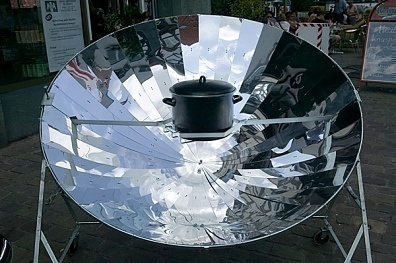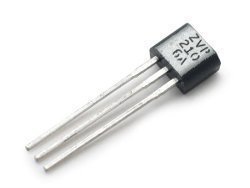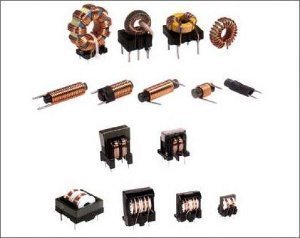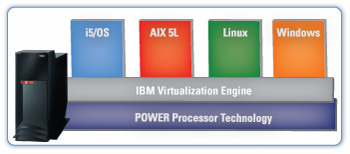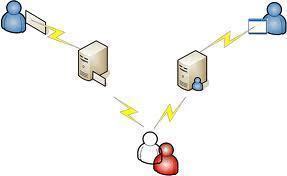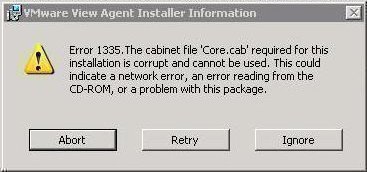Parabolic Mirror
Parabolic mirrors are specially shaped in order to capture and focus energy onto a single point. They also distribute energy from a single point outwards. The mirrors are a specific paraboloid type that is rotated around its axis, and is also known as a circular paraboloid. Parabolic mirrors are also referred to as parabolic reflectors …

